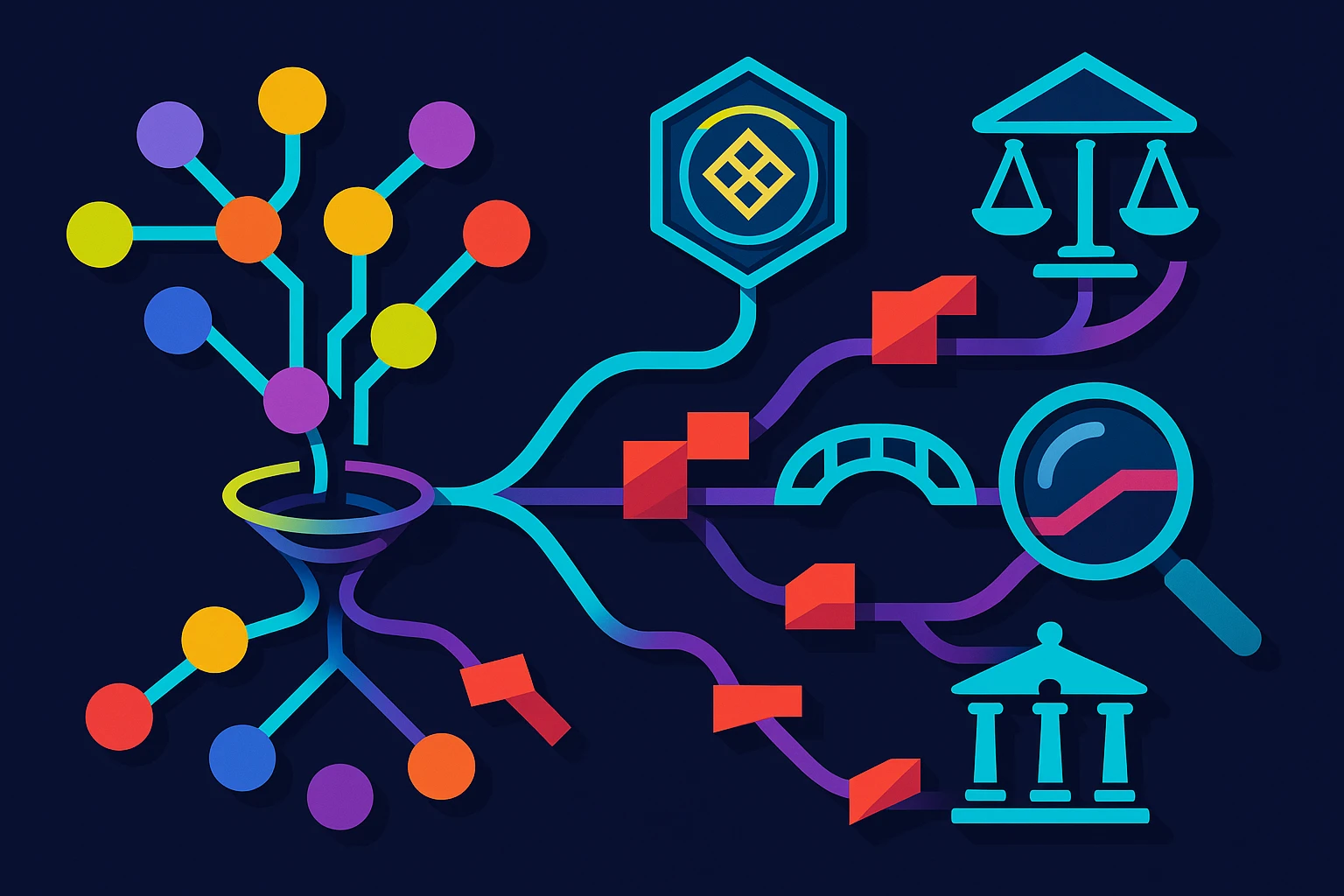Last Updated on September 13, 2025 by DarkNet
Comparing Dark Web Hosting Providers: How They Stay Online
This article provides a neutral, analytical comparison of the types of hosting providers that support services on anonymity networks commonly described as the “dark web,” and the non-actionable strategies they use to maintain availability. The aim is to inform a general audience about the technical and operational factors that contribute to continuity and resilience, as well as the legal and ethical contexts that affect uptime.
Overview of provider types
Providers that enable hosted services on anonymity networks fall into several broad categories. Each has different technical models, risk profiles, and incentives that affect how they stay online.
-
Specialized anonymized-host providers: Companies or operators that focus on hosting services specifically designed for anonymity networks. They typically integrate network-specific configurations and may offer managed hidden-service options.
-
Traditional hosting with layered anonymity: Conventional data centers or VPS providers that are used in combination with anonymity overlay networks. These operators may be unaware of the downstream use or may tolerate it within their terms of service.
-
Decentralized and peer-to-peer platforms: Architectures that distribute hosting across many participants, reducing single points of failure and making takedown more difficult in practice.
-
Bulletproof or permissive hosts: Operators who deliberately accept high-risk clients and resist takedown requests. Such providers often operate in jurisdictions with limited enforcement or weak oversight.
Technical measures that support availability
The following technical approaches are commonly associated with maintaining service availability on anonymity networks. These are described at a high level to avoid operational detail.
-
Integration with anonymity network protocols: Providers leverage services designed for anonymous addressing and routing to make hosted services reachable without exposing the underlying infrastructure’s public endpoints.
-
Redundancy and replication: Multiple instances and mirrored content across geographically and logically separated nodes reduce single points of failure and improve uptime.
-
Load balancing and traffic distribution: Distributing incoming requests among several back-end instances helps handle spikes in traffic and mitigates denial-of-service impacts.
-
Automated failover: Systems that detect failures and route traffic to healthy alternatives help maintain continuity when individual nodes are disrupted.
-
Use of ephemeral or dynamic addressing: Some providers rely on frequently changing endpoints or short-lived service identifiers to limit exposure to targeted disruption.
Operational practices and service resilience
Beyond technical measures, operator practices strongly influence how long a service can remain accessible.
-
Geographic and jurisdictional distribution: Hosting in multiple jurisdictions can complicate coordinated legal takedown efforts, though it does not guarantee immunity from international law enforcement.
-
Provider policies and tolerance: Providers that explicitly forbid illicit activity are more likely to respond to abuse reports, while permissive operators may accept higher risk in exchange for revenue.
-
Operational security (OpSec) discipline: Administrative practices such as careful account management, separation of roles, and limited exposure of control interfaces can reduce the likelihood of compromise and forced outage.
-
Rapid recovery procedures: Backup and restore plans, preconfigured deployment scripts, and standby capacity enable quicker recovery after disruption.
Legal, ethical, and reputational constraints
Availability is not determined solely by technology. Legal frameworks, enforcement priorities, and reputational concerns shape provider behavior.
-
Compliance and takedown pressure: Providers operating under strong regulatory regimes or with high brand sensitivity are likely to act on complaints and cooperate with authorities to avoid sanctions, which affects the longevity of hosted services.
-
Jurisdictional enforcement variance: Differences in national laws and cross-border cooperation influence how quickly and effectively services can be disrupted.
-
Ethical considerations and liability: Mainstream providers balance freedom of expression against facilitating harm; this balance influences their tolerance for certain types of content or activities.
Evaluating providers: criteria for assessment
For analysts and decision-makers evaluating the resilience of hosting providers (from a research or security perspective), key evaluation criteria include:
-
Technical architecture: Redundancy, network integration, and disaster-recovery capabilities.
-
Operational maturity: Documentation, incident response, and backup procedures.
-
Transparency and policies: Clear terms of service, abuse-handling processes, and transparency reports where available.
-
Geographic and legal footprint: Jurisdictions of operation and the implications for enforcement or continuity.
-
Security posture: Patch management, access controls, and monitoring practices that influence both uptime and risk of compromise.
Risks and limitations
Despite resilience measures, hosting on anonymity networks faces persistent risks:
-
Active disruption: Coordinated legal or technical actions by authorities, infrastructure operators, or adversaries can cause sustained outages.
-
Operational mistakes: Misconfiguration, weak access controls, or poor backup practices can lead to service loss.
-
Reputational and supply-chain risks: Intermediary providers (e.g., DNS, payment processors, upstream bandwidth providers) may withdraw services, indirectly affecting availability.
-
Security compromises: Breaches of hosting infrastructure can lead to data exposure or forced shutdowns.
Conclusion
Providers that enable services on anonymity networks use a combination of technical, operational, and jurisdictional strategies to remain online. Choices about redundancy, distribution, and operational discipline influence resilience, while legal and ethical constraints shape provider behavior. For stakeholders—researchers, policy makers, and security professionals—understanding these factors helps assess both the capabilities and limitations of such hosting approaches, without endorsing or facilitating illicit activity.
- LockBit after Operation Cronos: what it means for you in 2025 – short and to the point - October 4, 2025
- Kagi: Finally, a Search Engine That Doesn’t Sell Your Soul (or Data) - October 3, 2025
- Nanochan: The Imageboard That Lives in the Shadows - October 1, 2025









